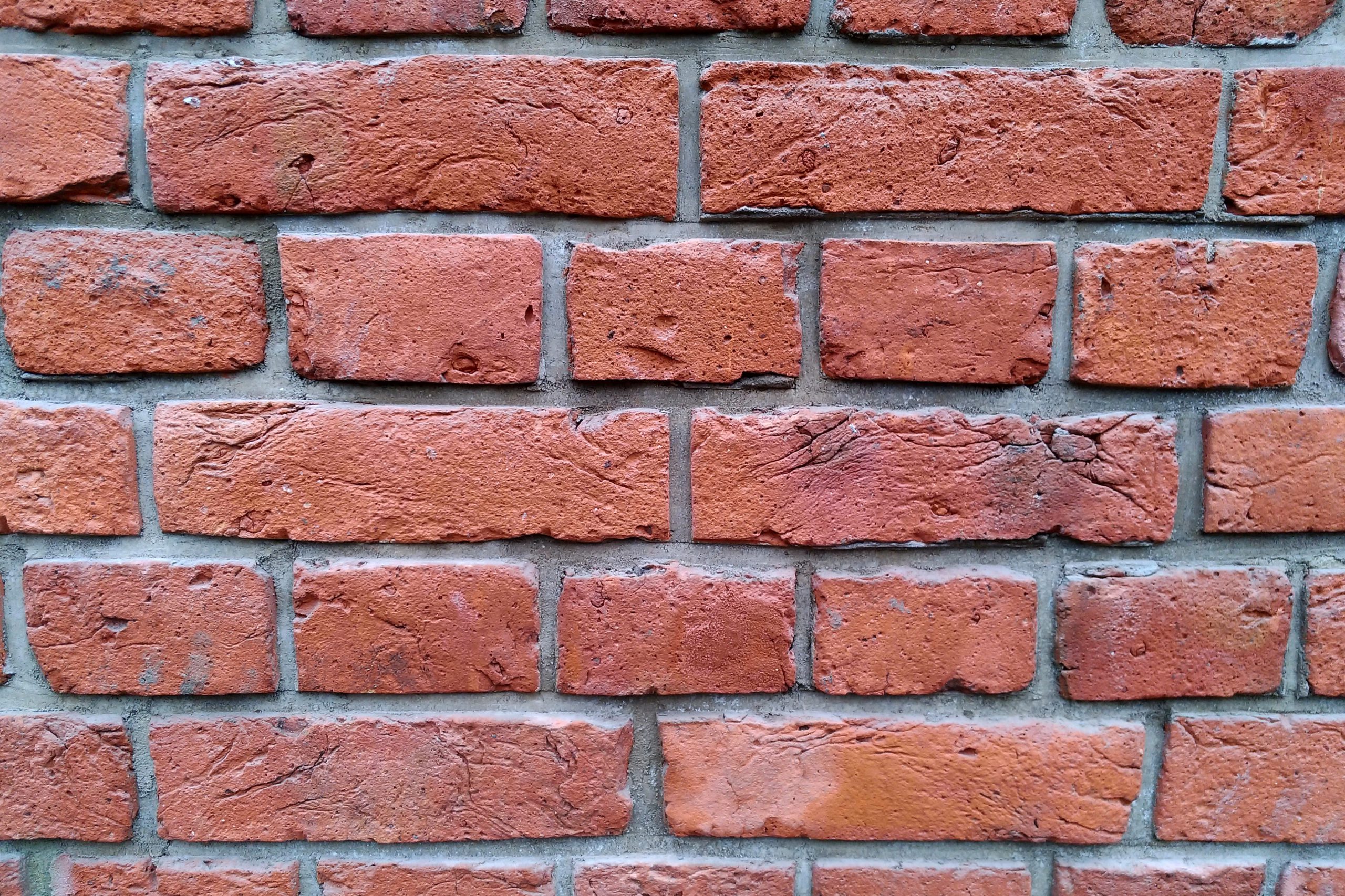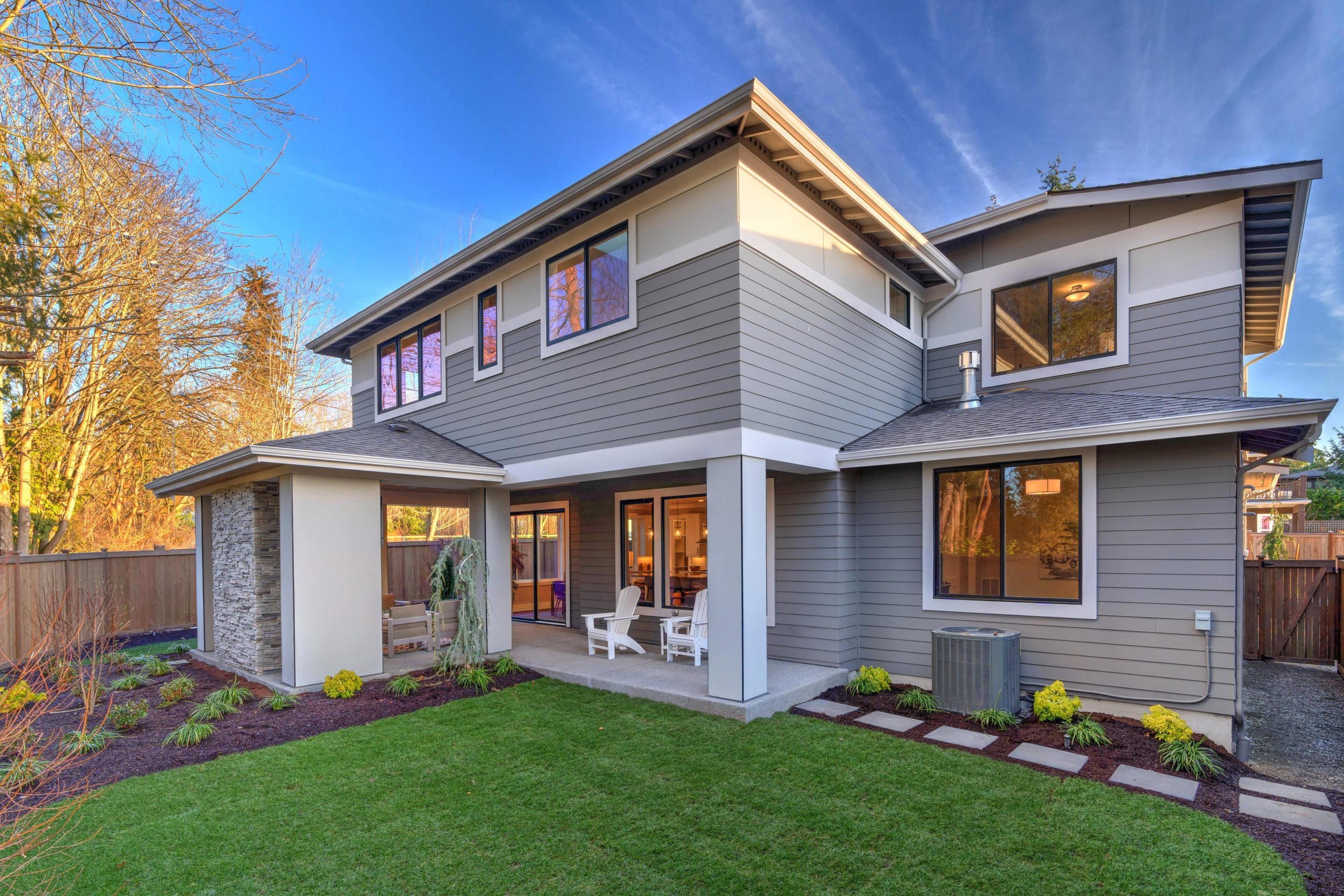
April 1, 2024
The Green Benefits of Regular Tuckpointing Chicago Maintenance
In an age where eco-consciousness drives decisions, maintaining the sustainability of buildings through methods like regular tuckpointing Chicago is often overlooked. This masonry restoration technique, crucial for renewing mortar joints in brick constructions, significantly contributes to a building’s environmental stewardship. Here’s a closer look at how this venerable masonry method can offer considerable eco-friendly advantages.
Boosting Building Energy Efficiency
One of the foremost eco-friendly benefits of routine tuckpointing is the improvement it brings to a building’s insulation. Cracks and openings in deteriorating mortar allow air to escape, leading to increased use of heating and cooling systems. Tuckpointing Chicago effectively seals these openings, enhancing a building’s ability to maintain temperature and thus reducing energy needs.
Increasing Longevity of Buildings
Tuckpointing extends the functional life of a building’s masonry, advocating for environmental responsibility by diminishing the necessity for new construction materials. The manufacture of building essentials like bricks involves significant resource and energy expenditure, contributing to overall emissions. By upkeeping a building’s structural integrity with tuckpointing, the demand for these materials and their environmental impact is lessened.
Preventing Moisture Damage and Mold Formation
Routine tuckpointing prevents moisture from penetrating through worn mortar, averting the structural and health issues associated with water damage and mold. This not only maintains the building’s integrity but also ensures a healthier living environment, free from mold-related hazards.
Reducing Construction Waste
When buildings are left unmaintained, they can reach a state of disrepair that necessitates complete reconstruction, generating considerable waste. Regular tuckpointing maintenance circumvents this, promoting waste reduction principles by keeping existing materials in use and minimizing the volume of debris sent to landfills.
Conserving the Building’s Aesthetic and Usage Value
Beyond structural benefits, tuckpointing revitalizes a building’s external appearance, preserving its visual and functional appeal for a longer duration. This is especially vital in historic preservation, where the goal is to maintain the cultural significance of buildings without resorting to new construction, thereby aiding sustainability efforts.
Ongoing tuckpointing maintenance does more than just refresh the look of aging edifices; it’s a proactive step towards reducing our ecological footprint. By optimizing insulation, prolonging material lifespan, guarding against environmental damage, and supporting waste reduction, tuckpointing emerges as a key sustainable practice for the preservation of our architectural heritage. Adopting age-old maintenance strategies like tuckpointing is crucial for fostering a more sustainable and environmentally friendly future.


